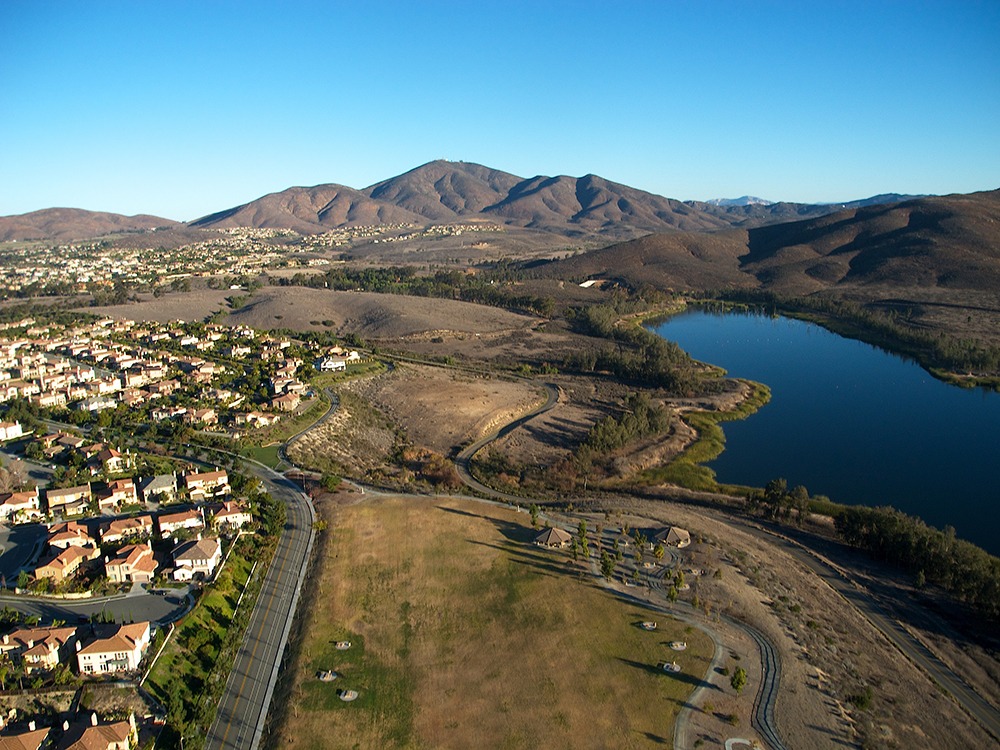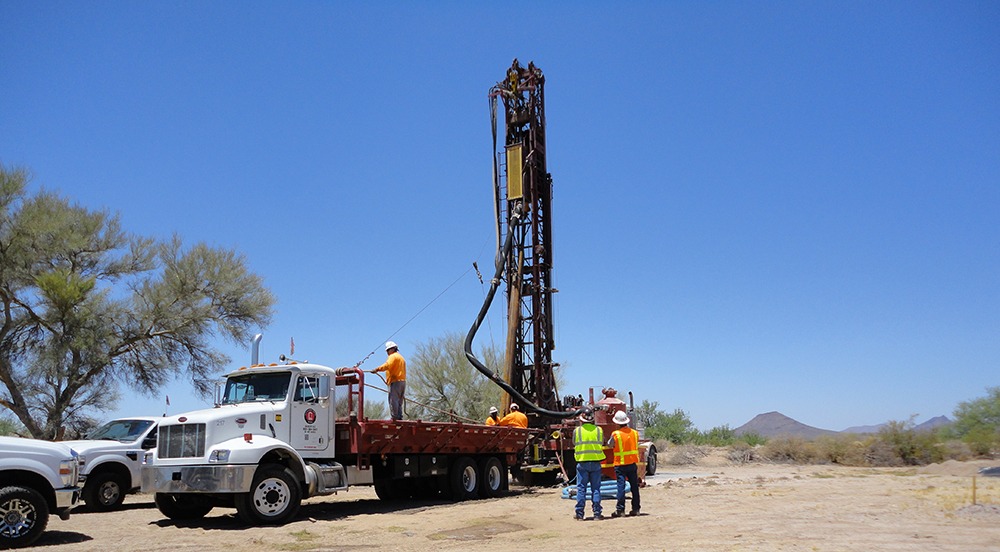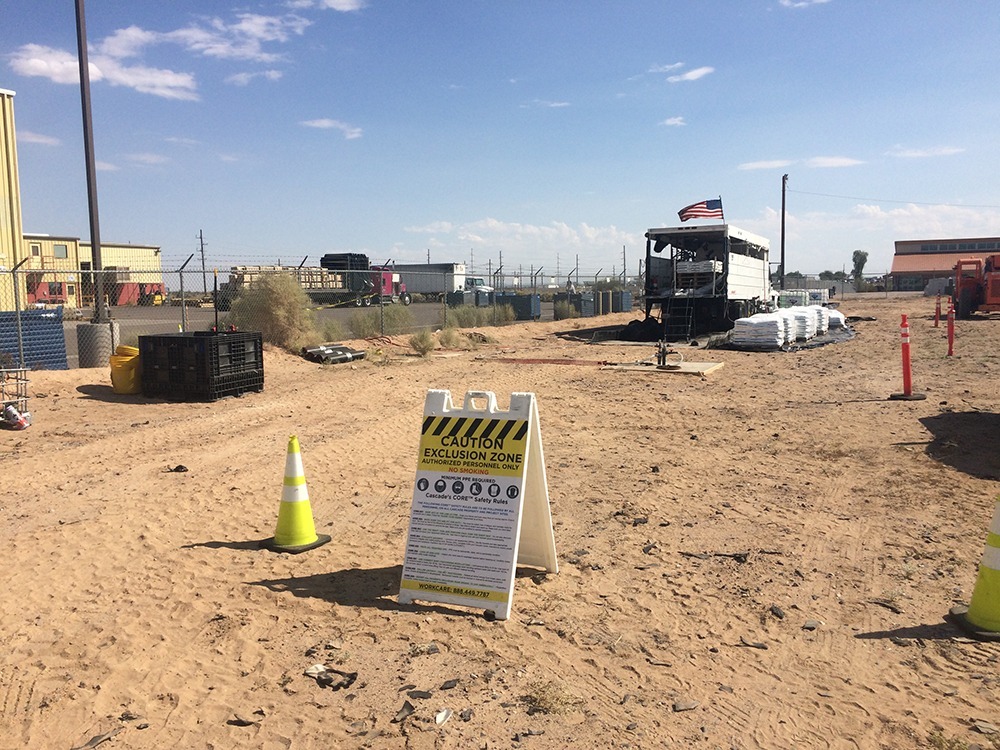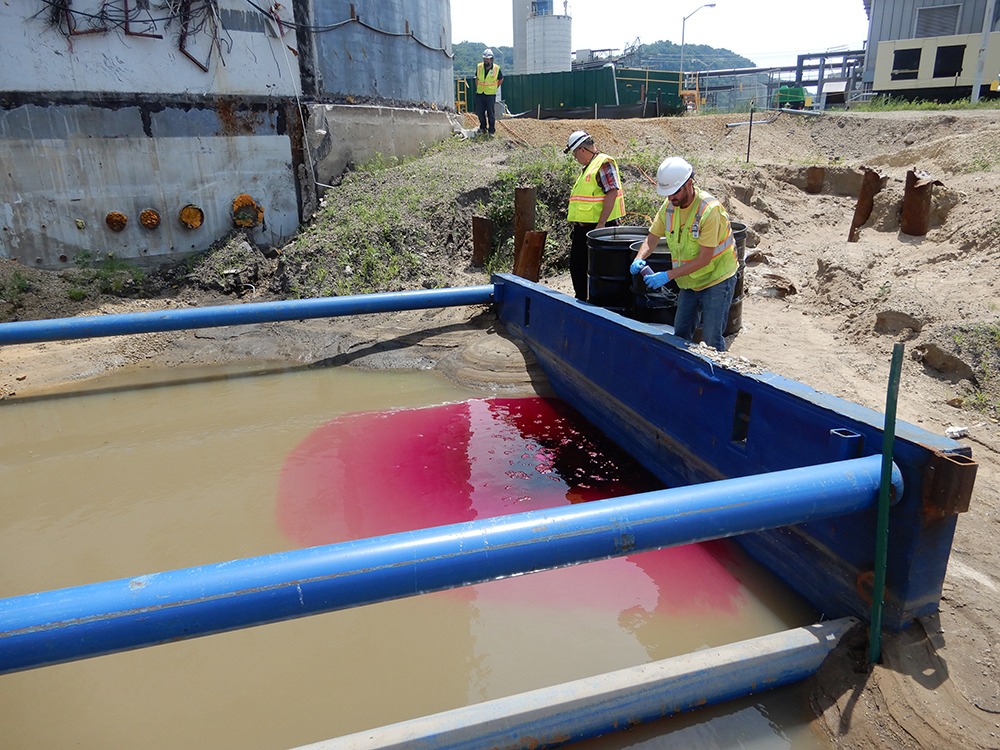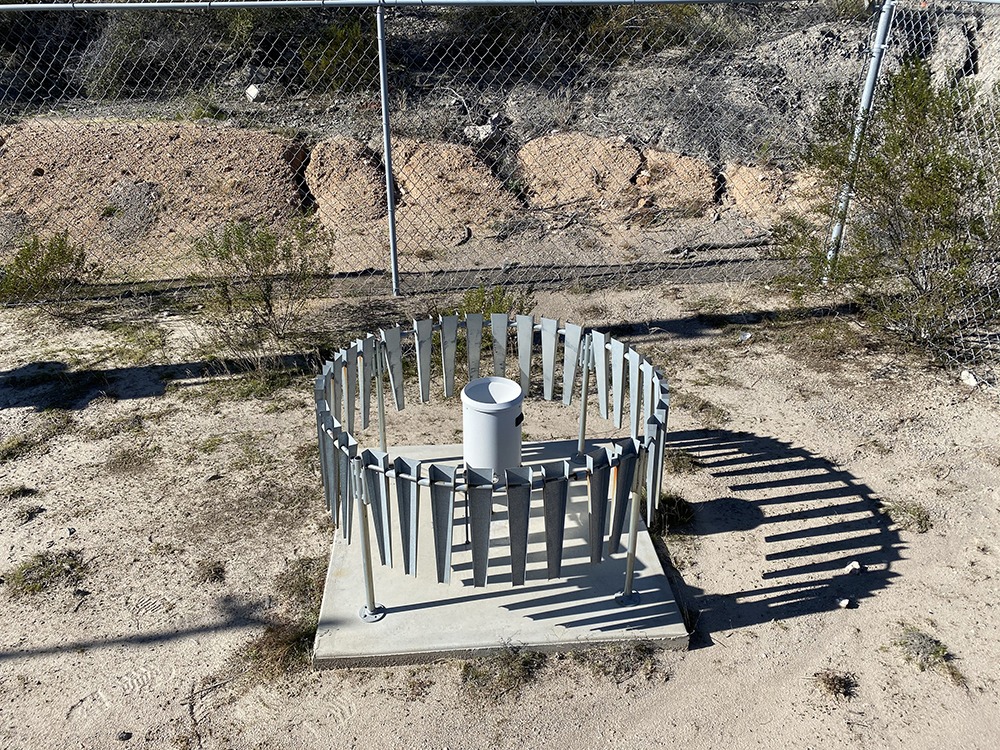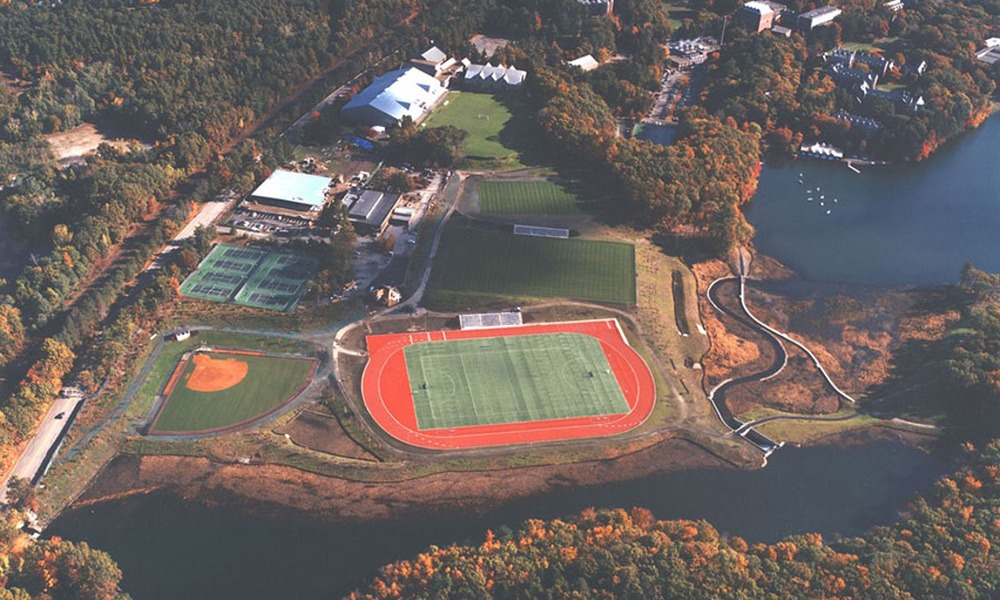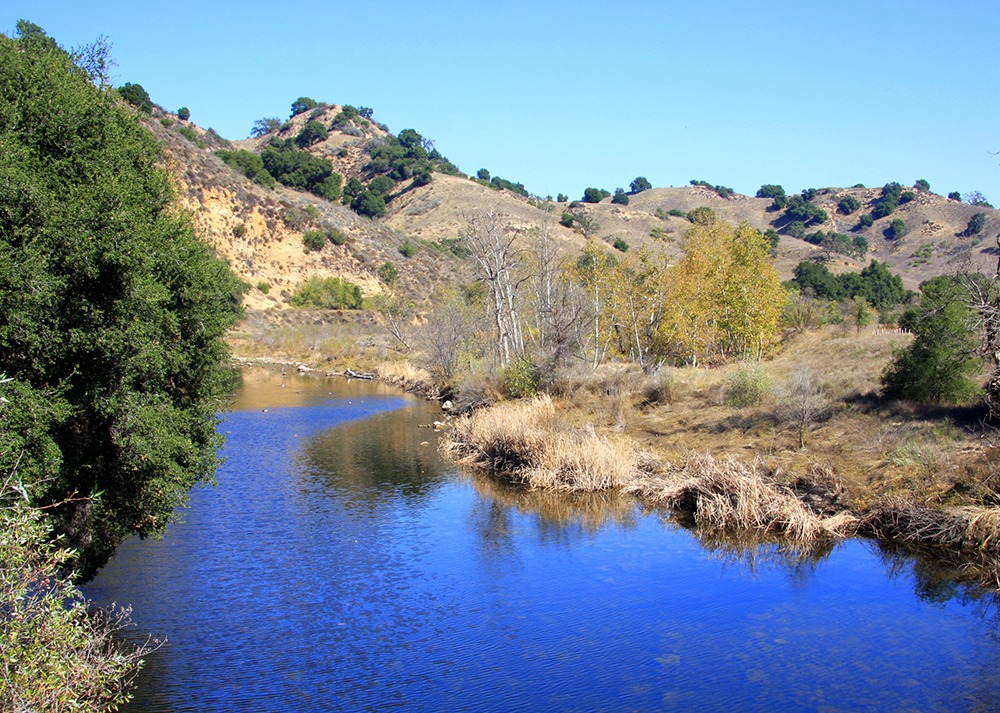
Aerospace
Our stormwater experts restore wildlife habitat at former aerospace site
53 million gallons
of stormwater treated during two El Niño seasons
Summary
- An aerospace manufacturing client sought our help to remediate a former industrial site subject to rigorous water quality monitoring under its National Pollutant Discharge Elimination System (NPDES) permit requirements.
- The company relied on our stormwater team to develop an adaptive stormwater treatment process and ensure compliance.
- We optimized the site’s treatment system and enabled our client to adapt quickly to changing weather conditions, knowing that water quality standards would be met. Our work enables the client to continue cleaning up the site and, ultimately, returning it to habitat for wildlife.
Client challenge
An aerospace manufacturer is restoring wildlife habitat to a 2,850-acre former industrial site historically used to develop and test rocket engines and conduct advanced energy research, which played a critical role in the U.S. space program. While soil and groundwater at the large property are under remediation, stormwater flows through the sprawling hilly terrain and high plateaus to outfalls where surface water quality is monitored under a rigorous program. Because of the site’s industrial past and sensitive downstream receiving waters, this area has a stringent, site-specific NPDES permit that requires testing of up to 200 constituents at 13 outfalls during every flow event.
To meet the standards of the NPDES permit, our client designed and built two state-of-the-art active stormwater treatment systems and other passive systems that use natural processes to treat the stormwater before it leaves the site. The operation of the larger active system can be highly variable depending on the level of precipitation, sequence and frequency of storms, and flow rate. Further, during times of drought, the systems may not operate for several years, a delay which then requires meticulous start-up procedures.
After one such prolonged drought, the company needed a robust and reliable stormwater team with the engineering expertise to develop an adaptive treatment process, work with on-site operations and maintenance crews, and ensure water quality compliance while completing stormwater monitoring per its NPDES permit. The firm had long relied on Haley & Aldrich to provide a wide range of engineering services and selected us for our ability to efficiently oversee comprehensive stormwater programs and collaborate with other firms.
Our approach
Haley & Aldrich water treatment engineers gained a deep understanding of the larger active system by mapping out its multiple and complex treatment processes while gathering data to evaluate the overall system. We evaluated water quality data from field tests, and then developed real-time dosing tools to visualize trends and calculate proactive adjustments to the system. This allowed us to adapt the treatment system to maintain compliance and meet stormwater treatment needs associated with variable storm events and constituent concentrations.
We worked closely in the field with our client’s staff and the operations and maintenance contractors to create a unified team. Our engineers provided training and guidance to the team to better develop effective and swift responses.
Our experts helmed the operational strategy and data analysis to streamline data collection and analysis tools so on-site personnel could anticipate system performance, track system metrics, and correct operating parameters in real time. These measures limited the number of people needed on site, reducing environmental impacts and staffing costs.
We optimized this site’s treatment system and worked seamlessly with external partners, enabling our client to adapt quickly to changing weather conditions and have certainty that water quality standards will be met. Despite the challenges, our client is realizing their interim goal of maintaining compliance as the site progresses towards cleanup, and ultimately, the return to a natural habitat for wildlife.
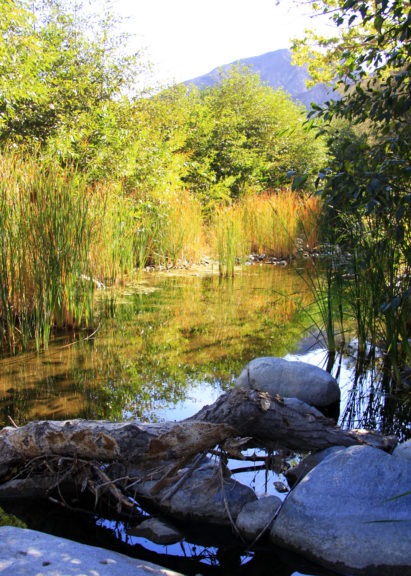
Value delivered
- Decreased permit limit exceedances in the watershed served by the larger treatment system
- Created new staffing efficiencies to limit carbon footprint and personnel required on-site
- Treated 53 million gallons of stormwater during two consecutive El Niño seasons
- Improved dosing procedures to limit downtime and testing needs
- Optimized the active system’s capacity during peak flows, thereby protecting state surface waters
- Continued to provide uninterrupted services for the larger active system while performing chemical studies to bring the smaller active system online
“This project’s success stems from our ability to work as a single cohesive team, engaging directly with the on-site system operators and maintenance contractors to go beyond mere compliance and gain extra value from improved efficiency.”
– Colleen Canfield, Haley & Aldrich
For more information, contact:

Principal Consultant



